Trends in Corporate Governance
Highlights of Korn/Ferry’s 30 th Annual Board of Directors Study
By Alan Neely, Senior Client Partner, Korn Ferry International
When Korn/Ferry International launched our annual Board of Directors Study in 1973, no one could have predicted that corporate governance would be the critical issue that it is today. A series of defining corporate scandals in the ensuing years spurred legislative changes around the globe, and continue to impact what has become the fast-evolving corporate governance landscape. Findings in the 30 th anniversary edition of our study reveal that the shock waves continue to be felt as organizations examine with a critical eye the size, structure and composition of their boards. While adding members to a board may seem, at first glance, a logical way to bear the burden of new compliance requirements, every board has an optimal size that enables it to make the best use of the competencies and experience of its members. Since 1995 the optimal board size has remained 11 members. Although only recently formalized in regulatory mandates, for almost a decade FORTUNE 1000 boards have maintained an outside director and management representation of 9:2, regardless of company size.
America ‘s boardrooms are relying on an increasingly diverse population of outside directors. Data from 2002 reveals that the majority (59 percent) of FORTUNE 1000 boards include all of the following: a retired outside executive, an investor, an outside CEO or COO, a woman, an ethnic minority, a former government official and an academic. It is particularly interesting that 91 percent of boards now contain an individual investor, whose expertise and judgment can make a vital contribution to improving governance.
Committees have proven an effective means of meeting fiduciary responsibilities and achieving good governance. The most prevalent committee reported in 1972 was the Executive Committee (81.3 percent). Today, only 52 percent of boards have an Executive Committee – a trend suggesting a marked decrease in the perceived value of a committee with authority over an entire board. Conversely, the percentage of boards reporting a Corporate Governance Committee has increased significantly. Almost three-fourths (72 percent) of FORTUNE 1000 boards now have a Corporate Governance Committee – up from half (54 percent) the prior year , signifying efforts to improve governance and quickly comply with Sarbanes-Oxley.
Demand for greater oversight has perhaps most seriously affected the composition of formal committees, which are increasingly comprised solely of outside directors. There is logic to the exceptions – the Executive, Finance and Investment Committees – where the presence of an inside director affords the company knowledge needed to provide sound guidance, as well as access to the executive suite.
Commitment to better governance has clearly inspired an era of soul-searching in the boardroom as companies rethink their notions of how the optimal board should look and function. While the re-engineering process is surely far from over, it is safe to say that the boardroom will never again look the same.

























